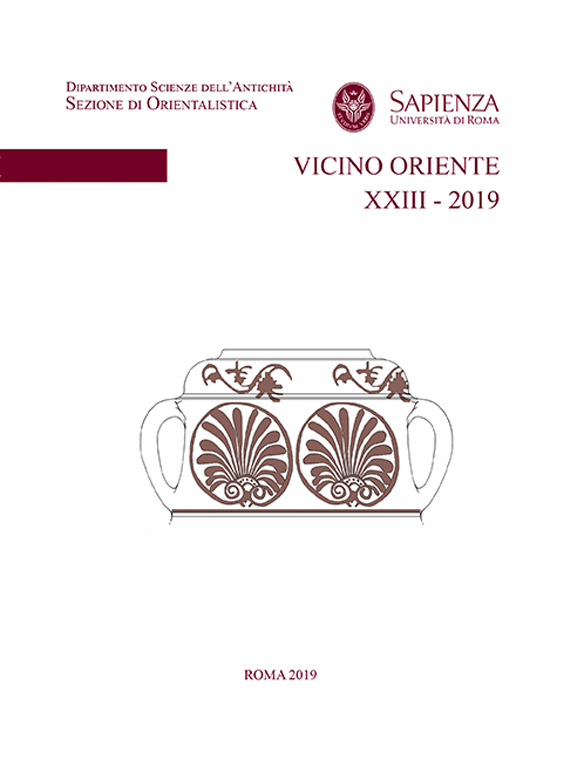Abstract
This paper deals with the Islamic hand-modelled clay figurines from the excavations carried out
at Istakhr (Fars region, Iran) by the Oriental Institute of Chicago in the 1930s and the Joint ItalianIranian Archaeological Mission in 2012. S. Mancini presents detailed descriptions of these artefacts,
including some technological notes relating to fabrics, as well as a few comparisons help to propose
their chronological attribution. M.V. Fontana suggests that the animal specimens can be understood
as figurines which children usually placed on the roofs of their houses pending the end of panjī-mas
and to welcome in the New Year at the end of a long-lasting ritual of Zoroastrian tradition, as can
also be seen in some Seljuk glazed ceramic “house models”.

This work is licensed under a Creative Commons Attribution-NonCommercial-NoDerivatives 4.0 International License.
Copyright (c) 2023 VICINO ORIENTE

